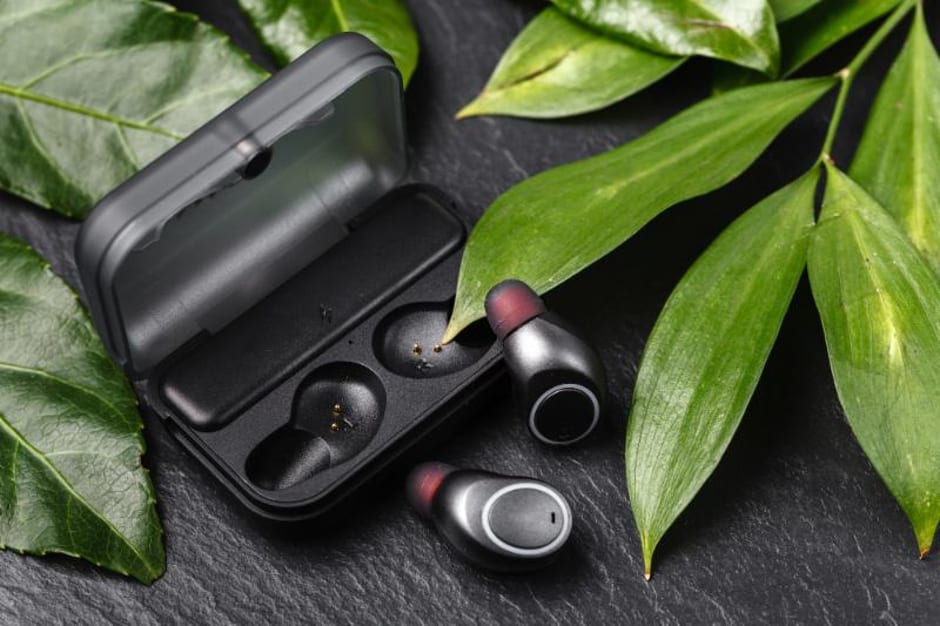
Micro Electro Mechanical Systems (MEMS) are a vital component in most electronic devices, as they provide the sensing capabilities that make the technology smart.
However, since every MEMS sensor design is unique, each needs its own specially-developed manufacturing process, making it difficult to quickly ramp up to large volume production.
Now London-based Nanusens has developed a technique to use the same standard production process used to make electronic chips, known as the Complementary Metal Oxide Semiconductor (CMOS) process, to build MEMs sensors.
In this way, the devices can be produced in any fabrication plant, in large volumes, according to Dr Josep Montanyà, CEO of Nanusens.
In the CMOS process, silicon dioxide is etched away to produce the mechanical structure. In the new MEMS process, these structures can include nanoscale moving parts such as springs, which form the sensor.
“You need empty space to allow the movement [of the MEMS device],” said Montanyà. “So we etch away the silicon dioxide very quickly, and leave the metal. In this way we generate the empty spaces we need in order to allow the metal to move,” he said.
The use of the CMOS process also allows Nanusens to take advantage of Moore’s Law of electronics, meaning they can build smaller, nanoscale sensor devices. Existing MEMS devices, in contrast, are typically one micron or larger in size.
The nanoscale MEMS, or NEMS, structures can be built on the same chip as the electronics needed to control them, with the entire package just 1mm3 in size. In contrast, packages consisting of chips containing conventional MEMS structures, alongside a separate chip for the control electronics, are typically around 4mm3 in size.
The technology is likely to be initially applied to earbuds, where they will free up space for larger batteries with improved operational life. It could also be used in smart phones and wearable devices.
However, the company believes the sensors will ultimately have the most significant impact on the IoT, which has so far been limited by the lack of cheap, mass-produced MEMS sensors, said Montanyà.
“In a sense our technology is an enabler for the massive deployment of IoT,” he said. “Because the idea of IoT is that it is everywhere, so the technology must be very small and very low cost, and you must be able to produce it in large quantities.”




Glasgow trial explores AR cues for autonomous road safety
They've ploughed into a few vulnerable road users in the past. Making that less likely will make it spectacularly easy to stop the traffic for...